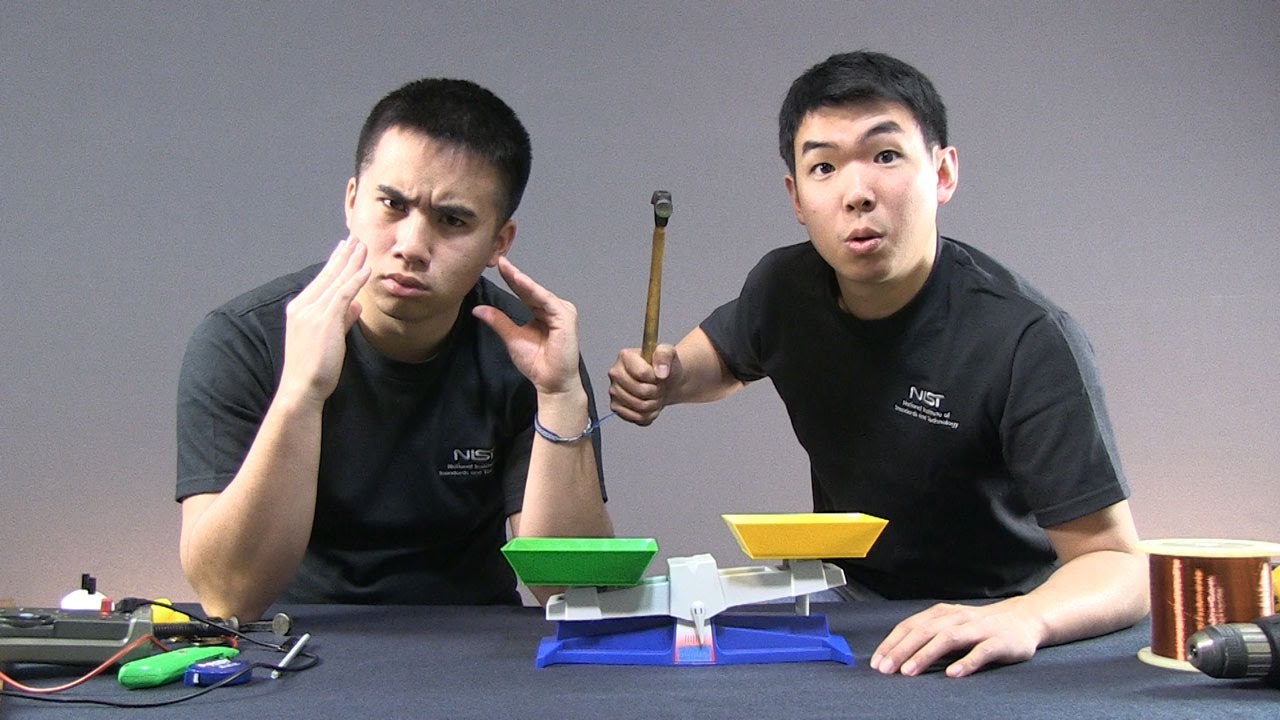Taking Measure
Just a Standard Blog
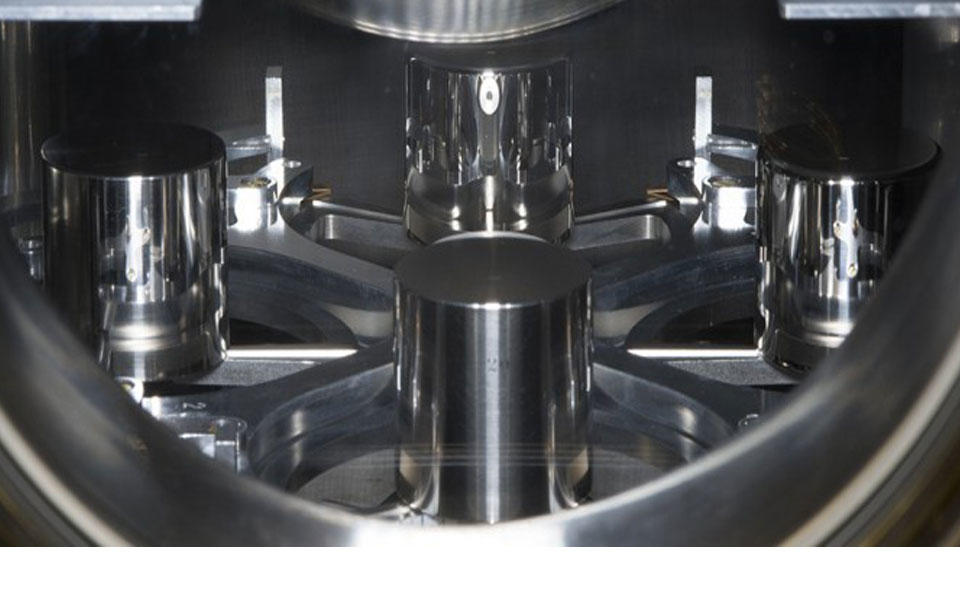
K20 and Friends: Four of the five U.S. national prototype kilogram artifacts, including K20 (front) and K4 (back).
It was Monday, April 25, 2016, and I was going to meet mass experts Pat Abbott and Eddie Mulhern of NIST’s Mass and Force group as part of my frantic preparations for a 5:21 p.m. flight to Paris. Pat and Eddie were the appointed custodians of the four 1 kilogram masses that I was to transport to the Bureau International des Poids et Mesures (BIPM) (that’s French for “International Bureau of Weights and Measures”) as part of the world’s first comparison among masses calibrated entirely in terms of fundamental constants of the universe.
That’s right. These kilograms were calibrated in terms of fundamental constants of the universe and not in terms of some piece of metal enshrined in a vault on the outskirts of Paris.
FUNDAMENTAL CONSTANTS OF THE UNIVERSE!
Cool beans, huh?
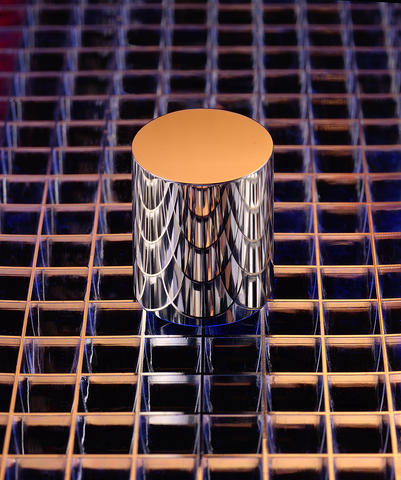
I’m a nervous traveler, so the prospect of carrying four 1 kilogram hunks of valuable metal, one of which is made of an ominous and vaguely radioactive-sounding material called “platinum iridium,” through U.S. airport security had me a little flustered, especially given recent events in Europe. Nevertheless, ferrying these particular masses to Paris for this particular event, the first international pilot study of the redefined kilogram (PDF), was something I was keen to do.
For those who are unfamiliar with all the excitement surrounding the new kilogram, my colleagues at NIST are part of a grand international effort poised to finally change the way mass is measured and pull measurement science out of the 18th century and into the world of quantum-based standards.
The new definition starts with an extremely precise agreed value for a quantum-mechanical quantity called Planck’s constant (represented by a lower-case h) and includes incredibly precise measurements of electrical and mechanical properties that together produce an equivalent to the mass of the International Prototype Kilogram (IPK).
I grant you that the steam-punk contraption we use to measure mass in terms of these quantum invariants—a watt balance—is A LOT more complicated than simply comparing one hunk of metal to another hunk of metal in a time-honored tradition that goes back to the pharaohs of Egypt. It is mind-boggling how precisely the Egyptians could compare masses, by the way. A lever and fulcrum is hard to beat! But this system of mass measurement is all predicated on having something to compare the masses to. An object to leverage. A reference. And the reference needs to be absolutely constant. And universally accessible. Hmmm … how does that play for the IPK?
(Hint: Not well.)
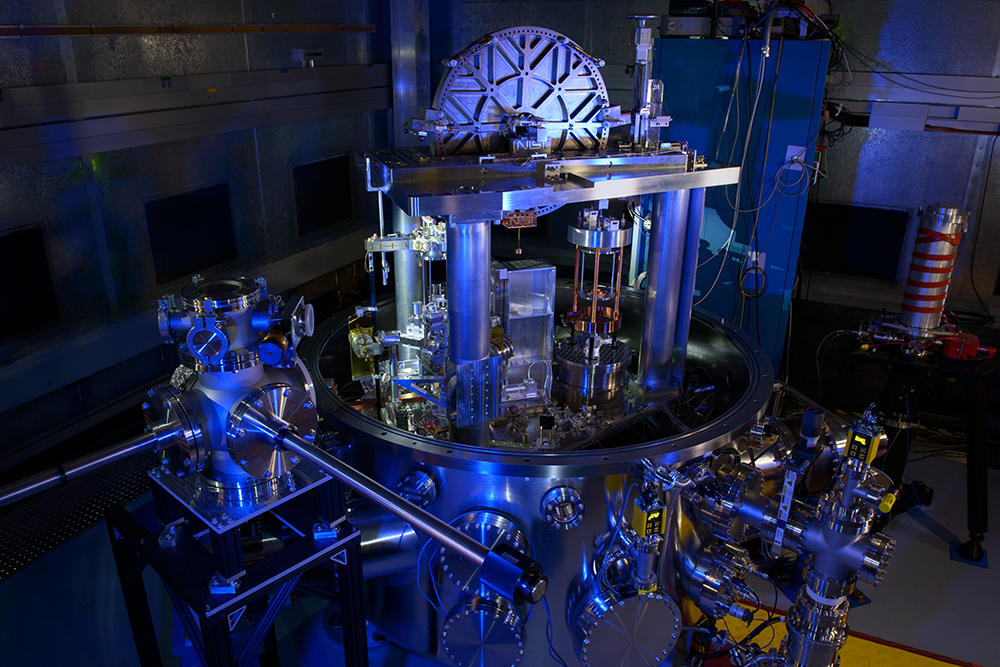
In terms of the fundamental science, I am finally far more comfortable saying that the Planck constant is, well, constant, than I am saying that a hunk of metal is an invariant of the universe. The IPK has proved to be an amazingly precise hunk of metal, and for over a century it has served humanity astonishingly well as a worldwide standard of mass. However, it is time for a change because we know that the IPK changes, or at least the masses that are linked to it do, and it obviously isn’t universally accessible. If it were, I wouldn’t be lugging four kilos of extra mass onto a plane to Paris ...
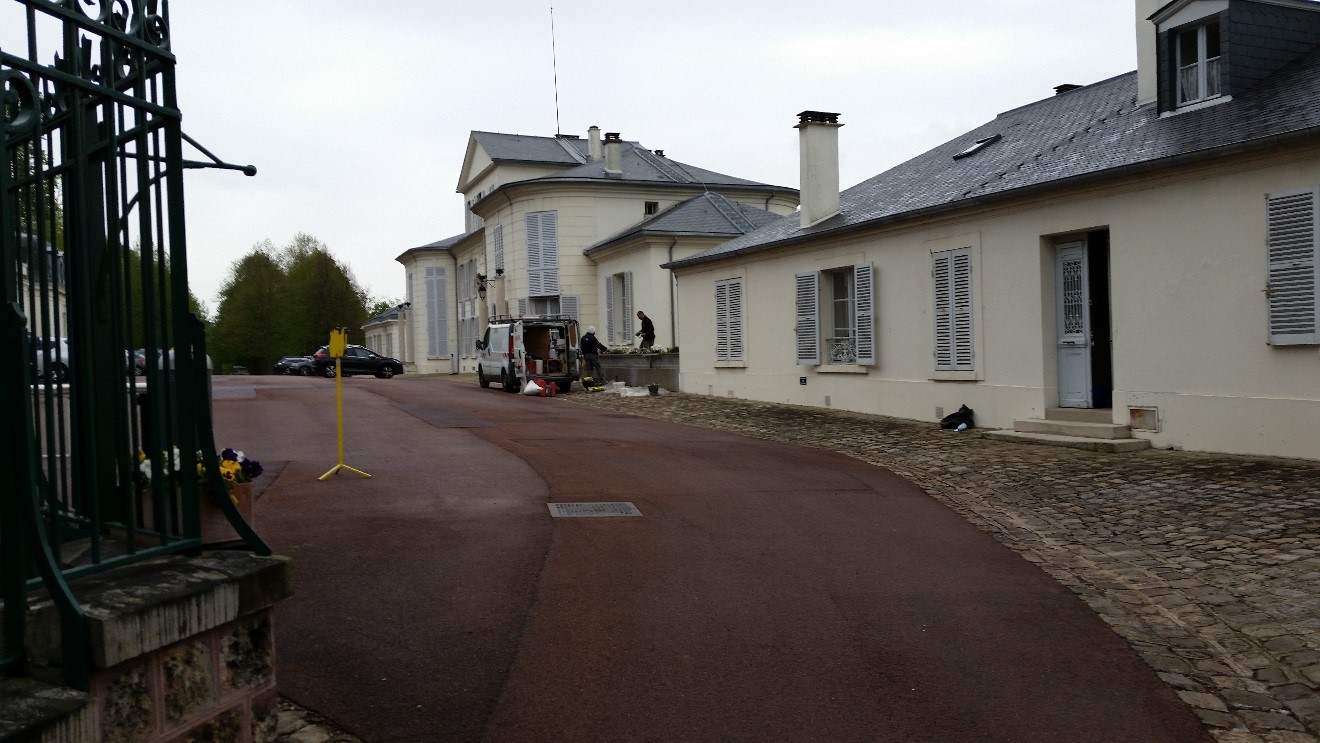
So there I was outside the underground vault where Pat and Eddie had carefully packaged the valuable hunks of metal in a nondescript camera bag that would be at my side for the duration of the 7-hour trip from D.C. to Sevres, France, the Paris suburb where the BIPM sits on its own small patch of international ground in the beautiful Parc de Saint-Cloud. I hoisted the bag over my shoulder, bade Pat and Eddie adieu, and headed for the airport.
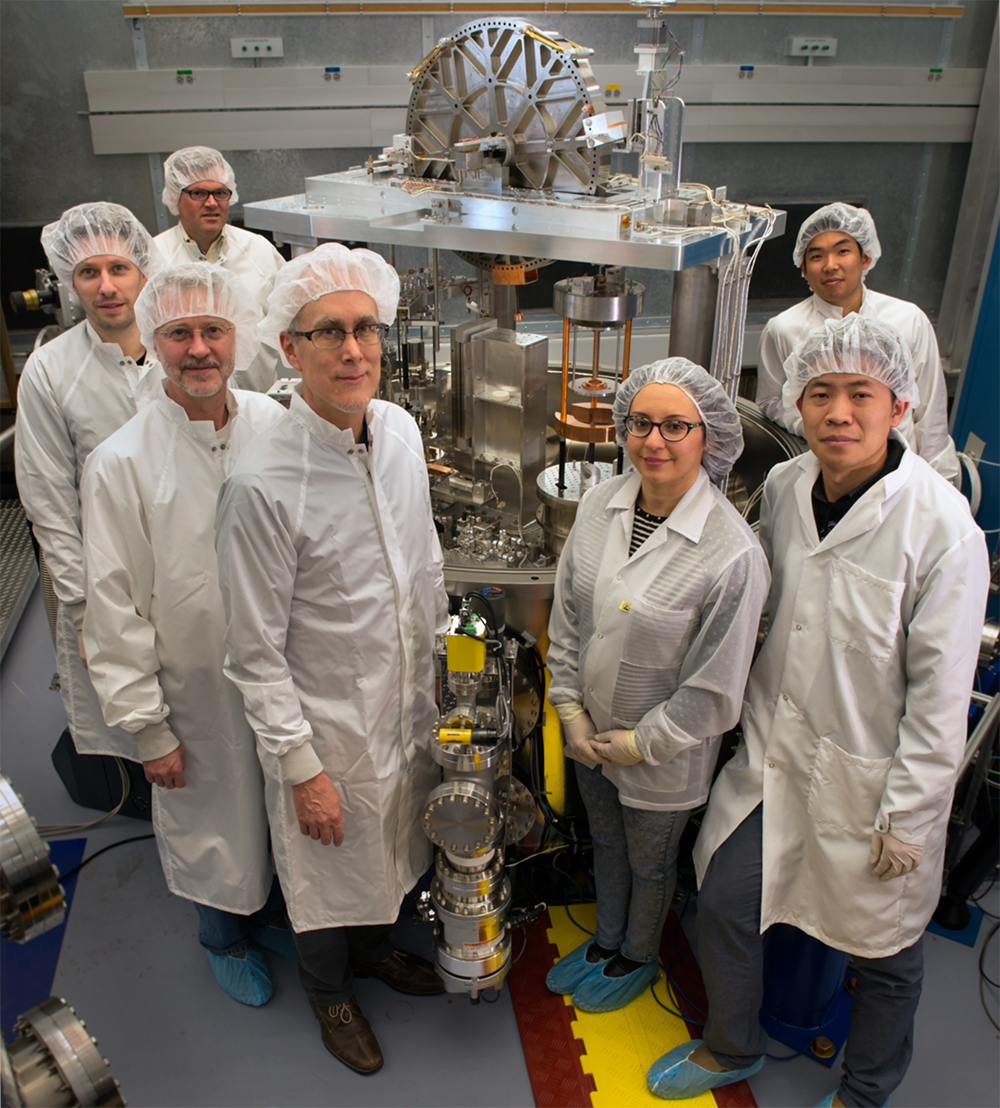
The weight of four kilograms was nothing compared to the weight of responsibility, and frankly, anxiety I was carrying. Two of the kilograms were weighed directly on the new NIST-4 watt balance, and the other two were examples of how such masses could be subsequently used to calibrate the rest of the U.S. mass system. Reflecting on the events that had brought me there, it was astounding to me that NIST-4 didn’t even exist four short years ago. I thought of the Herculean effort we made to take that instrument from concept to completion in such a short time, and I nervously mulled over the consequences for the redefinition of the kilogram if we had missed something in the feverish run up to this moment. But there was nothing I could do about that now, so I tried to focus on the mechanics of getting through the airport and what movies might be showing during the flight.
As luck would have it, the trip was easy. The customs officer was amused to see an official U.S. kilogram, and he called all of his colleagues over to gawk at the container and the pictures of its contents. They sent me off with tips on how to interact with the TSA screeners, which proved unnecessary because I had been randomly assigned to TSA prescreened status. So, despite how eager I was to share the letters stating the importance of NOT searching and opening my precious cargo for inspection, no one at the gate was interested in even unzipping the camera bag. The one time I wanted to be searched I was instead quickly and efficiently shuffled along to the plane.
Seven hours later, and another hour and a half spent in a taxi navigating morning traffic during a transit strike, I arrived at my destination and stepped out to a dreary, unseasonably cold morning on the outskirts of Paris. I punched the code at the gate to the grounds and trudged up the narrow gravel path, climbing the hill to the top where the cluster of buildings housing the BIPM overlook the Seine. I was greeted at the reception area by Michael Stock, director of the Mass Department. We exchanged pleasantries, walked to his office, set my bag on his desk, and he signed a receipt describing the masses and that they had been taken into custody by the BIPM. And that was it. No fireworks. No brass band.
Michael told me the Canadian mass had arrived only the day before in a diplomatic pouch carried as part of the Canadian ambassador to France’s correspondence between Ottawa and Paris. Masses from the Physikalisch-Technische Bundesanstalt (aka PTB, the national metrology institute of Germany), the National Institute of Advanced Industrial Science and Technology (aka, AIST, the national metrology institute of Japan), and the Laboratoire national de métrologie et d'essais (aka, LNE, the national metrology institute of, you guessed it, France) had already been delivered and whisked away to the BIPM’s mass laboratory to be prepared for the actual comparison weighing that will determine if the world can finally realize and calibrate masses without using a physical mass standard.
If all goes well, the redefinition will occur in 2018.
We won’t learn the final results until July. Now that I’m safely back in Gaithersburg, Md., I can’t say that I am free of the entire weight surrounding the future of the redefinition, but I know I’m at least four kilograms lighter, and that’s a good start.
If you don't want to wait until 2018 to start measuring mass in terms of electrical and mechanical properties, you can, with a little bit of patience, some soldering, and about $400, build your own watt balance out of LEGOs. Check it out! (Warning: Silly science content ahead.)
Cool beans, huh?


